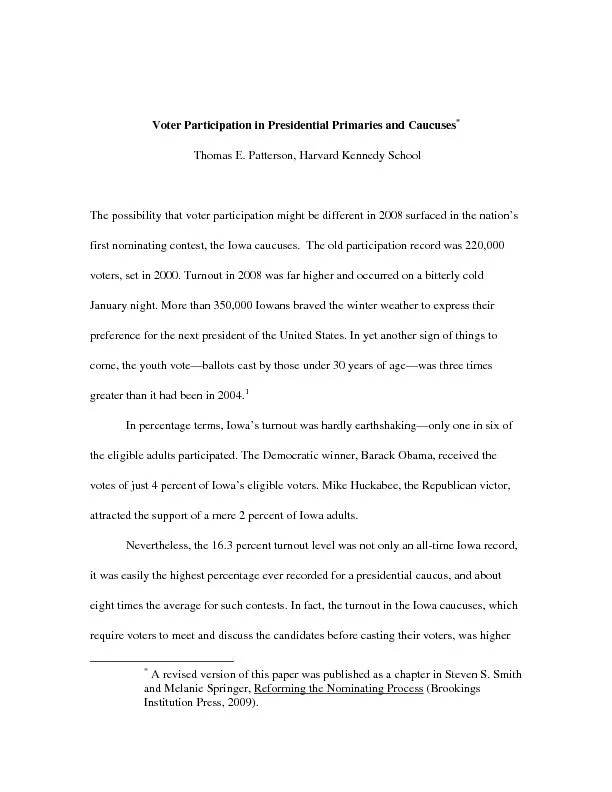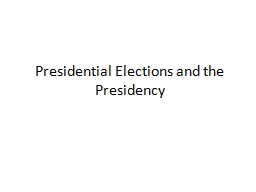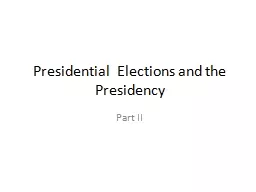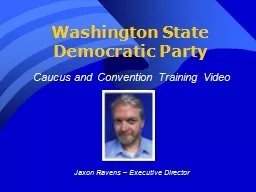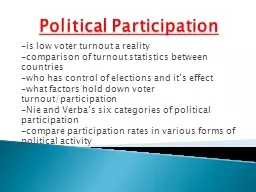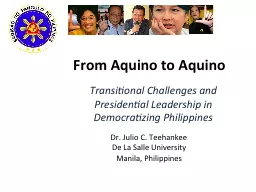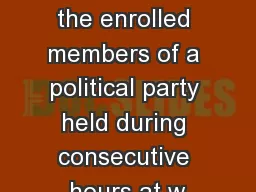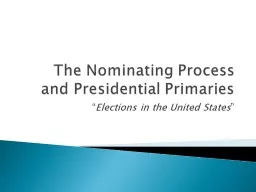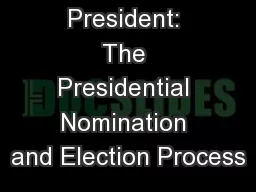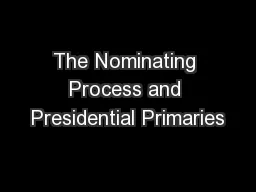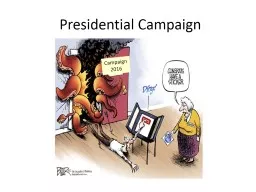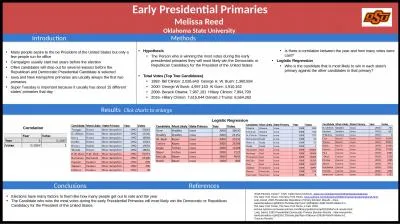PDF-Voter Participation in Presidential Primaries and Caucuses Thomas E. P
Author : faustina-dinatale | Published Date : 2016-03-05
lished as a chapter in Steven S Smith and Melanie Springer Reforming the Nominating Process Brookings than the turnout in of the presidential primaries held in 2000
Presentation Embed Code
Download Presentation
Download Presentation The PPT/PDF document "Voter Participation in Presidential Prim..." is the property of its rightful owner. Permission is granted to download and print the materials on this website for personal, non-commercial use only, and to display it on your personal computer provided you do not modify the materials and that you retain all copyright notices contained in the materials. By downloading content from our website, you accept the terms of this agreement.
Voter Participation in Presidential Primaries and Caucuses Thomas E. P: Transcript
Download Rules Of Document
"Voter Participation in Presidential Primaries and Caucuses Thomas E. P"The content belongs to its owner. You may download and print it for personal use, without modification, and keep all copyright notices. By downloading, you agree to these terms.
Related Documents

